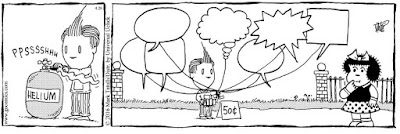How's that again?
- I believe that is among the such a lot significant information for me. The web site taste is wonderful. The articles is actually nice. [You seem surprised.]- When some one searches for his required thing, therefore he/she desires to be available that in detail, thus that thing is maintained over here. [So... is this a thing?]
- Grade national strawberry mark Month this May with men out On that point who Have got beehelped to achiever their optimum appela with a bit of my pham operation [Optimal beehelped?]
 |
| Those two green lumber trucks? They're what all the excitement's about. |
Lumbering through the spam
It was a short post in a series about vintage Japanese tin toys. There are probably only about 10 people on the planet who were legitimately interested in what I had to say.And yet, The Straco Express Layout, Part 23 - Lumbering Along continues to be one my most heavily-trafficked posts -- by spambots, that is.
- Pretty element of content. [Yes, it is a nice-looking toy, isn't it?]
- Lucky me I came across your blog by accident (stumbleupon) [Ah, so that's what "by accident" means!]
- Is there any other web page with offers these stuff in quality [I can't imagine there would be.]
Fastidious Spam
And finally, my post on Fastidious Spam is generating its own collection of, um, fan mail.- thanks for any other fantastic post. [Why, what's wrong with this one?]
- It's hard to find experienced people in this particular subject. [Experienced? Well, more.. fastidious, I think.]
Ahaa, its fastidious discussion concerning this article here at this blog. I have read all that, so at this time me also commenting at this place. [Me am pleased.]
That's all for this month If I find more of these gems by accident (you know, stumbleupon), I'll share them next month. There's no other web page that offers these stuff in quality!











































